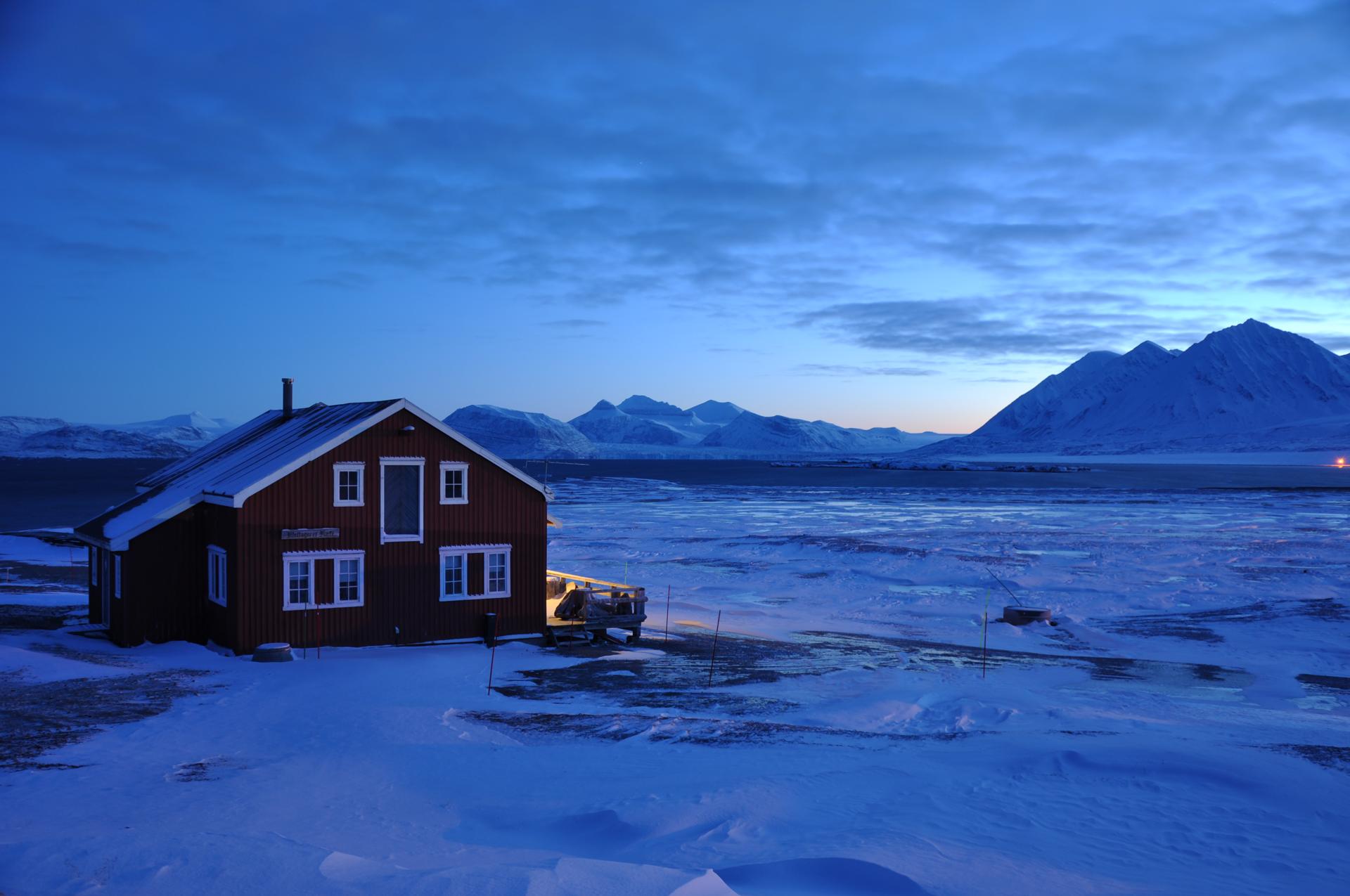
79° North
My first experience with sounding rockets was just a few weeks into my Instrument Design and
Assembly Assistant position at the University of Calgary. I was asked to help integrate two rocket
Miniature Plasma Imagers
(rMPI)
onto the Visualizing Ion Outflow via Neutral Atom Sensing-2
(VISIONS-2)
sounding rockets. I was told the integration would take place in Norway, but I did not fully grasp
where in Norway.
On November 11, 2018, I embarked on a journey to
The Svalbard Rocket Range
in Ny-Ålesund, Svalbard, Norway, situated at the 79th parallel north. It took four flights and five days to get
there, and, upon arrival, we didn't see the sun again for another eight days.
Below is a glimpse into this incredible journey—a small collage of unforgettable moments from the trip!

Charter Flight LTR751
The last leg of travel required a charter flight which uses this beautiful Dornier 228-212NG aircraft. It took
off a couple days after I landed in Longyearbyen, the de facto capital of Svalbard, which meant I got to
explore the world's northernmost settlement with a population greater than 1000
.
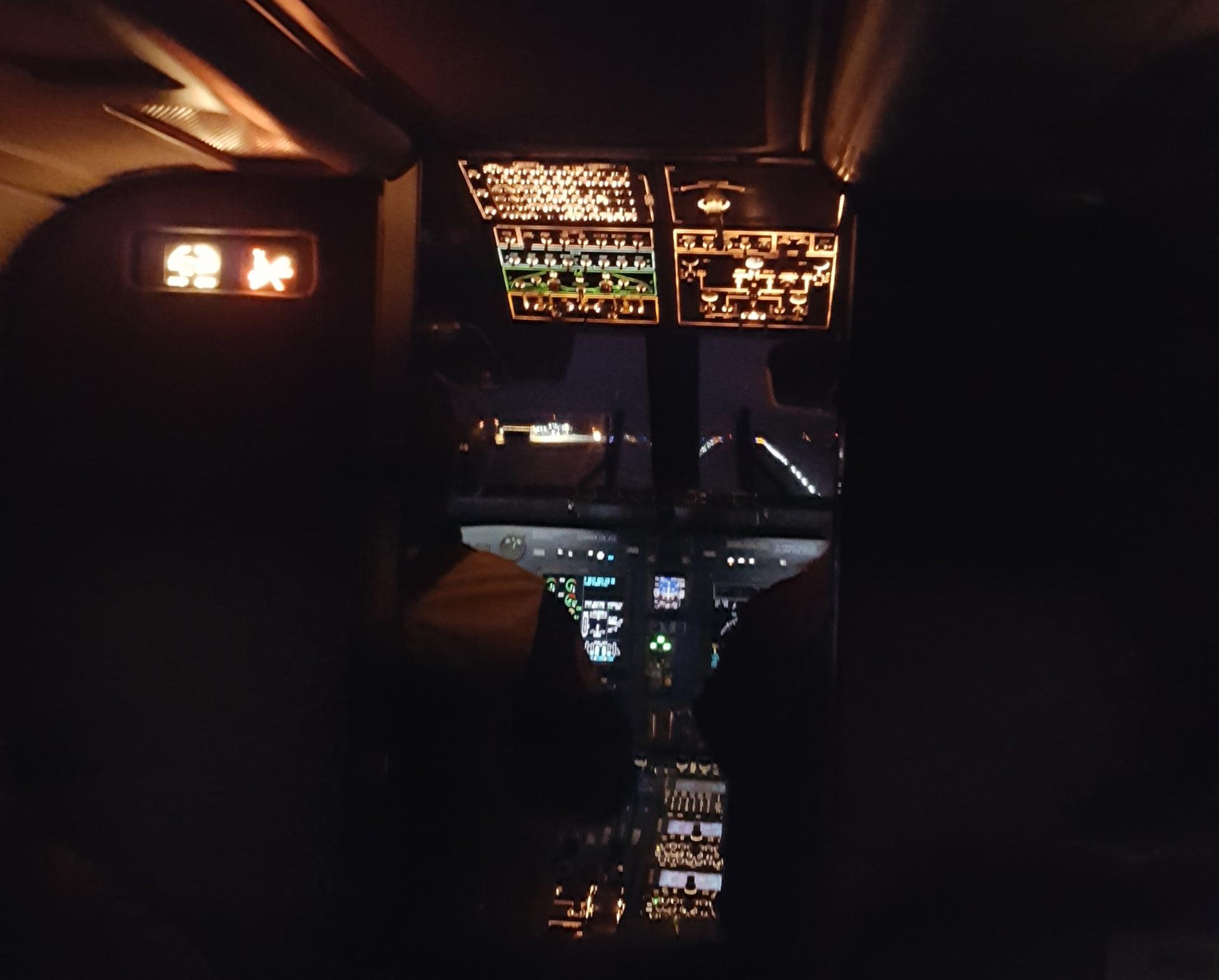
Crosswind Landing on Ice
After a 21-minute flight, we landed in the dark, with crosswind, on a strip of ice. I got a decent, albeit
shaky, picture through the front windows.
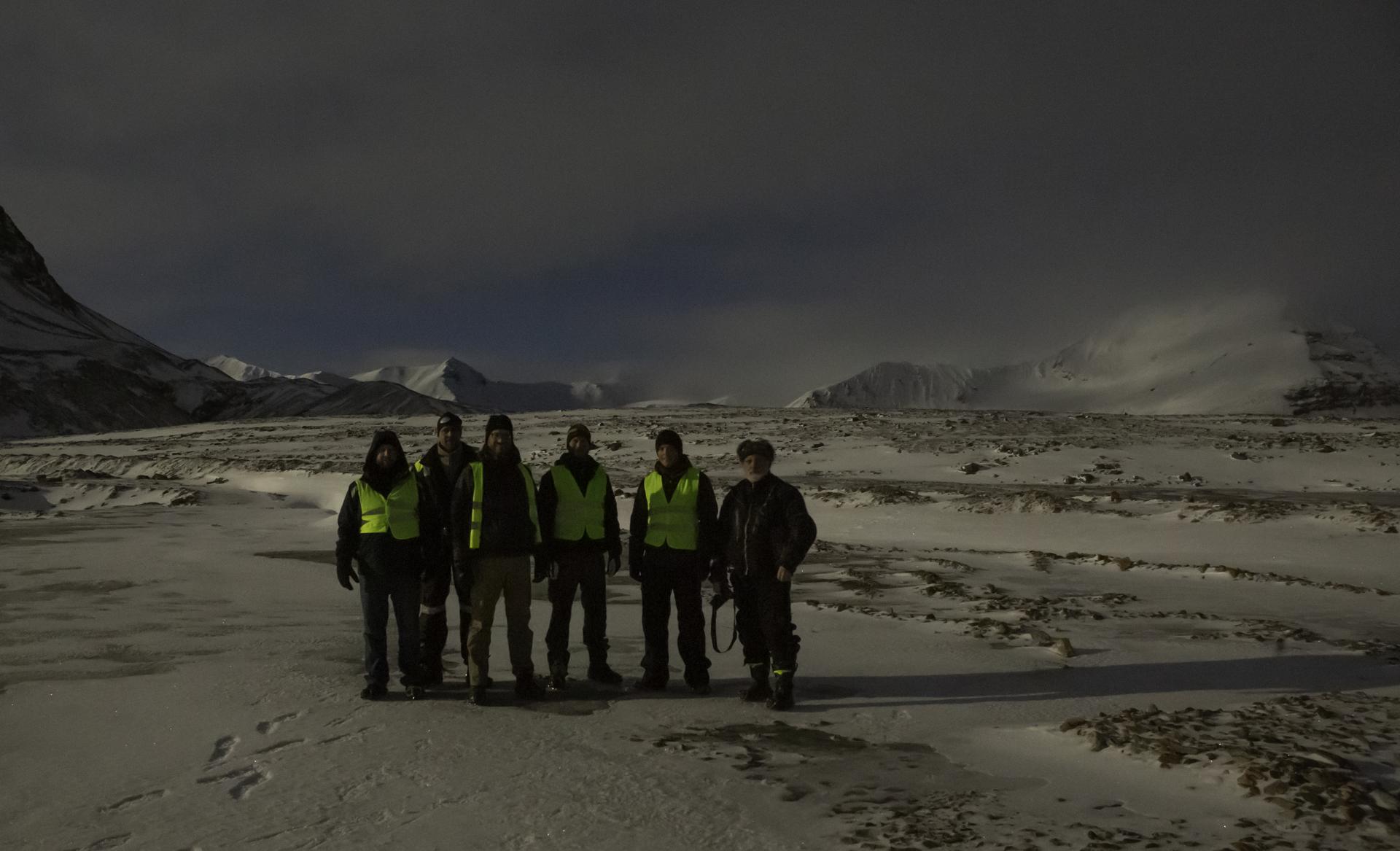
The Austre Brøggerbreen Glacier
A small group of us walked down to the Austre Brøggerbreen glacier which provides the entire settlement with
water. Though it looks relatively bright, there is no direct sunlight all day, just high-ISO cameras and
moonlight. The landscape was austere and truly beautiful.
Left to right: Jason McLain, Jon Leithe, Joe Kujawski, David Bang-Hauge, Jules van Irsel, Uncertain
Photo credit: Jon Leithe
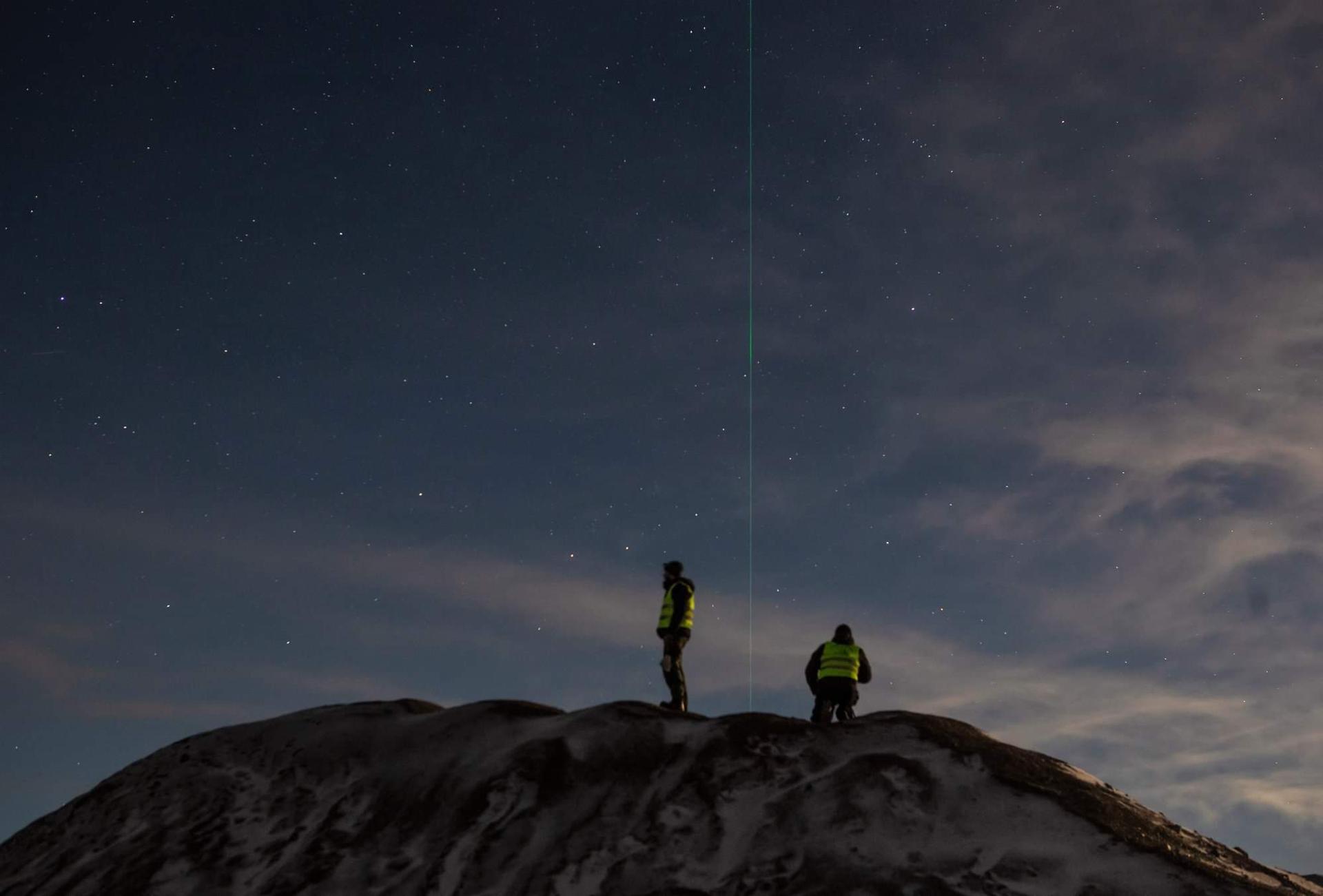
KARL
Shown here is the laser light from the Koldewey Aerosol Raman Lidar, or KARL. Such a lidar determines ranges by
measuring the time it takes for laser light to reflect objects, in this case different layers of the atmosphere.
Photo credit: Jon Leithe
Anlegestelle für Luftschiffe
Translated into English: Landing stage for airships
. This tower hosted the Norge N1 airship, piloted by
Roald Amundsen, Lincoln Ellsworth, and Umberto Nobile. It was the first airship to fly over the North Pole
from Europe to North America in 1926, which took 70 hours of 5300 km continuous flight.
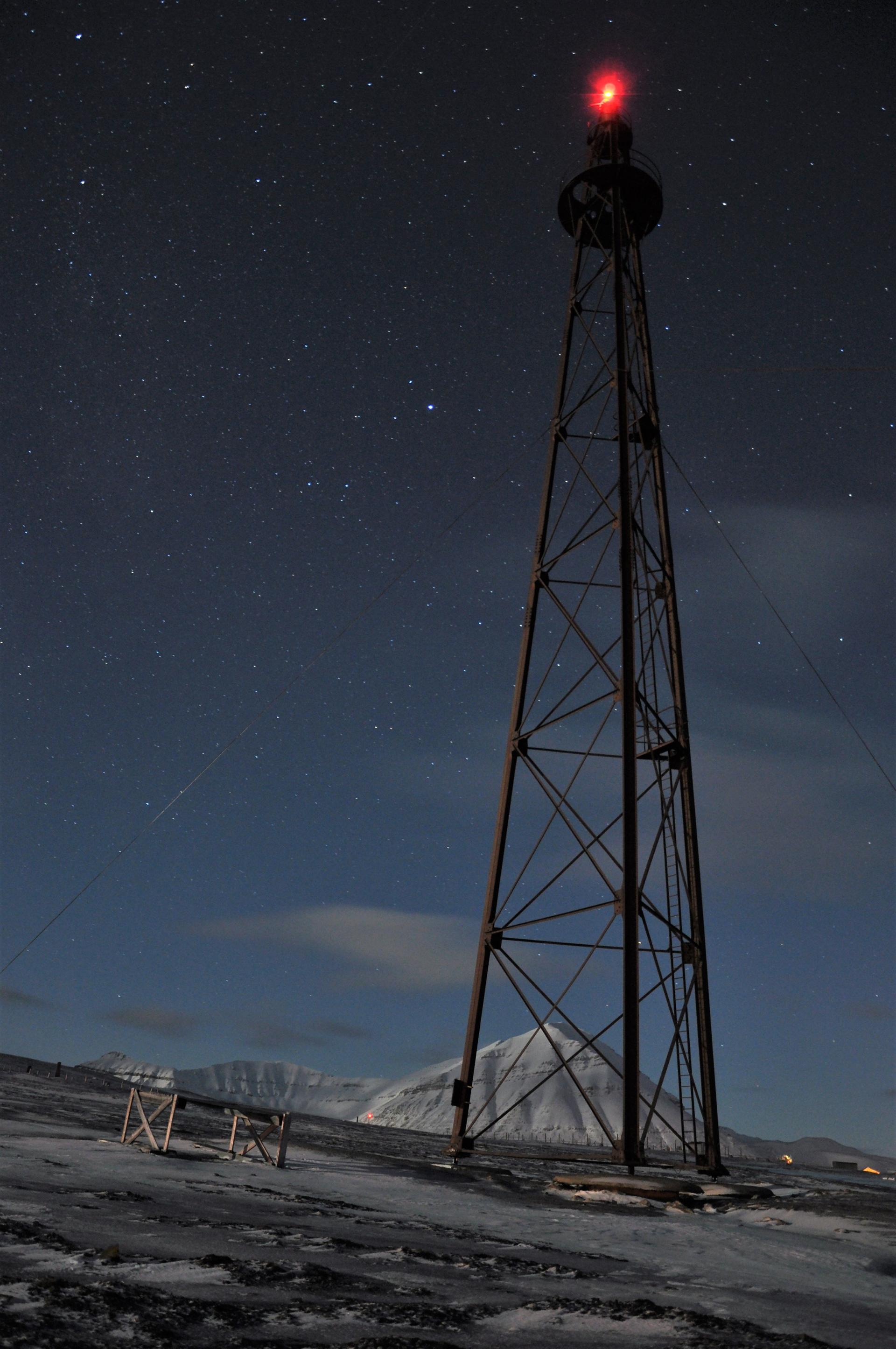
VISIONS-2 Launch
The rockets launched on December 7, 2018, at 6:06 and 6:08 a.m. EST. Unfortunately, I did not witness the launch
as my job was done and accommodations in Ny-Ålesund are quite expensive. All I know is that my instruments
operated nominally!
Photo credit: NASA / Allison Stancil-Ervin
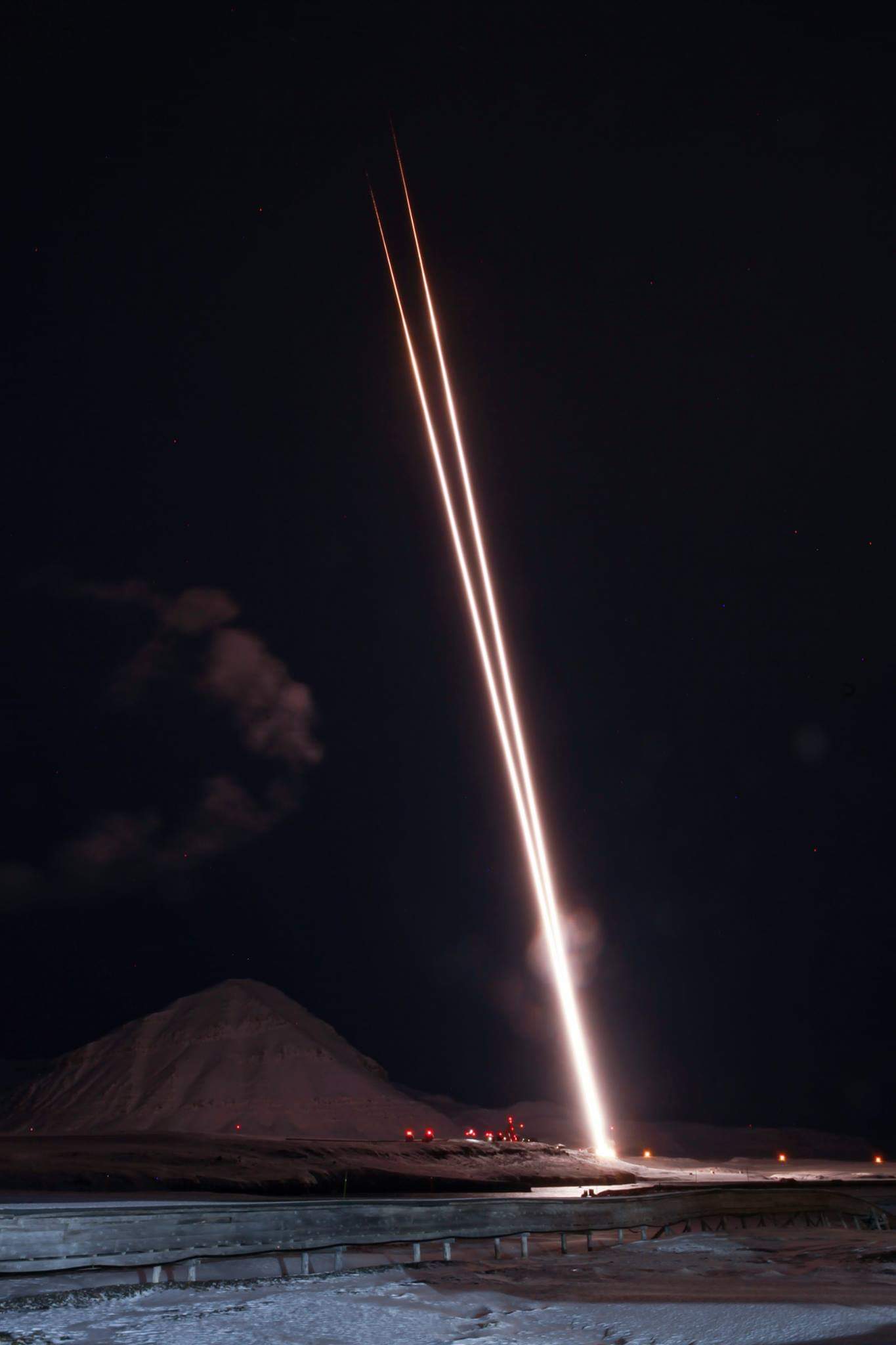
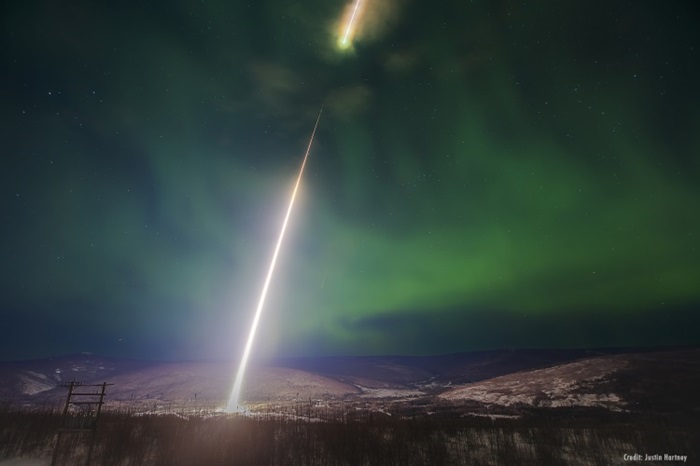
Poker Flat, Alaska
This image captures the launch of the Loss through Auroral Microburst Pulsations
(LAMP)
sounding rocket at 2:27 a.m. AKST on March 5, 2022. It was my job to integrate a total of eight Petite Ion
Probes
(PIPs)
onto this rocket, along with their four controller boxes.
This experience brought me to Poker Flat Research Range
(PFRR) in Alaska, located about 30 miles north of
Fairbanks. This range houses five major launch pads used for sounding rocket missions and testing.
This integration was not without its hiccups. At one point, the rocket was on the rail, ready for launch, when
we had to disassemble it due to a power issue with the PIPs. Luckily, it turned out to just be a faulty ammeter!
Image credit: Justin Hartney.
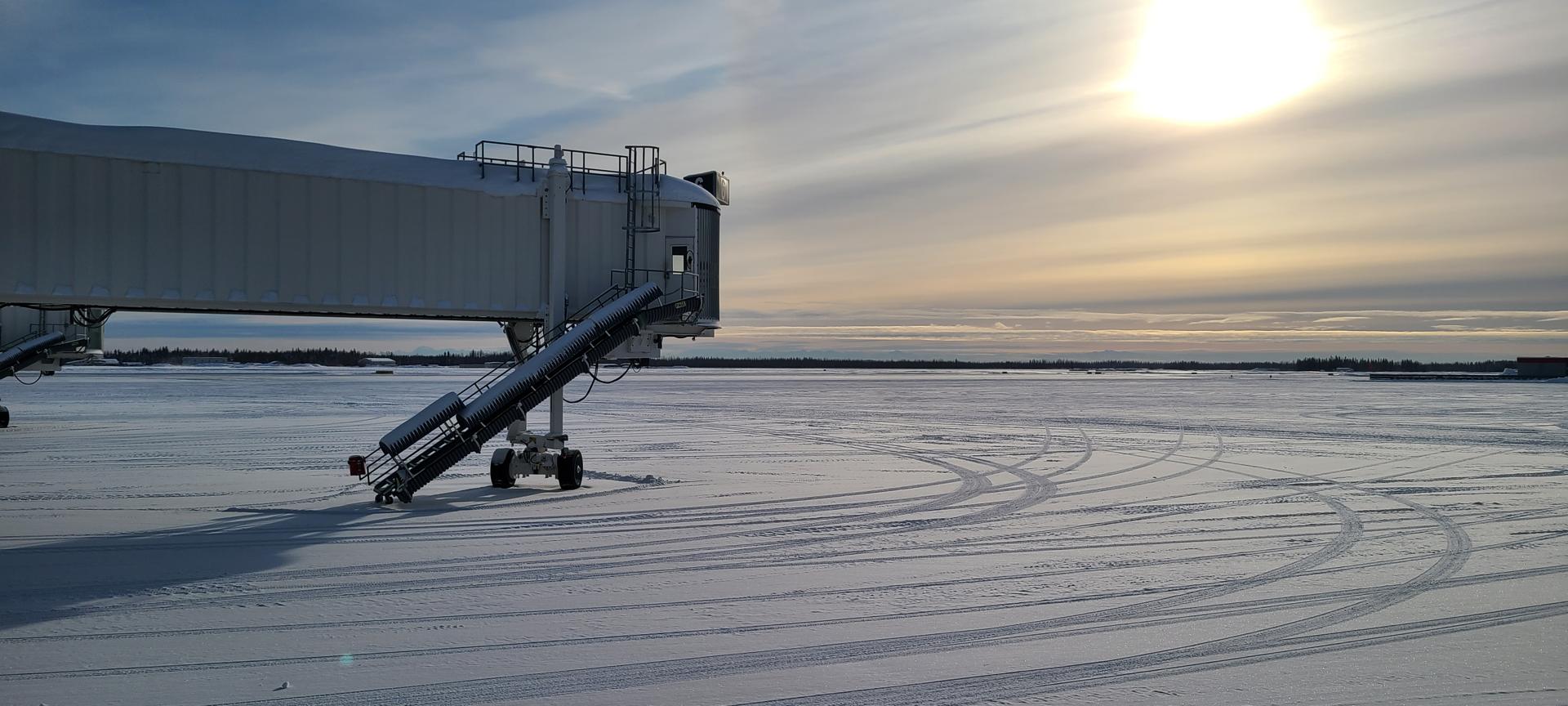
Fairbanks International Airport
When I landed at the Fairbanks International Airport it was -40°F. This is not unusual in the winter months of
Alaska, of course, but after a month, including many night shifts, I was ready for some warmer days.
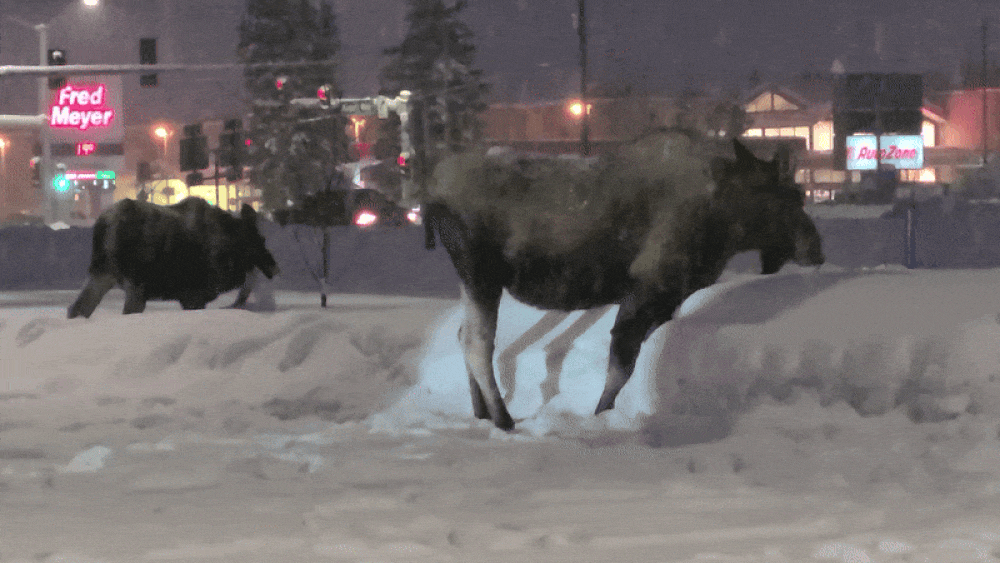
Wildlife
The Alaskan moose are omnipresent in the area—I think we saw about ten total over the course of a month. This
cow and her calf almost stepped over our car!
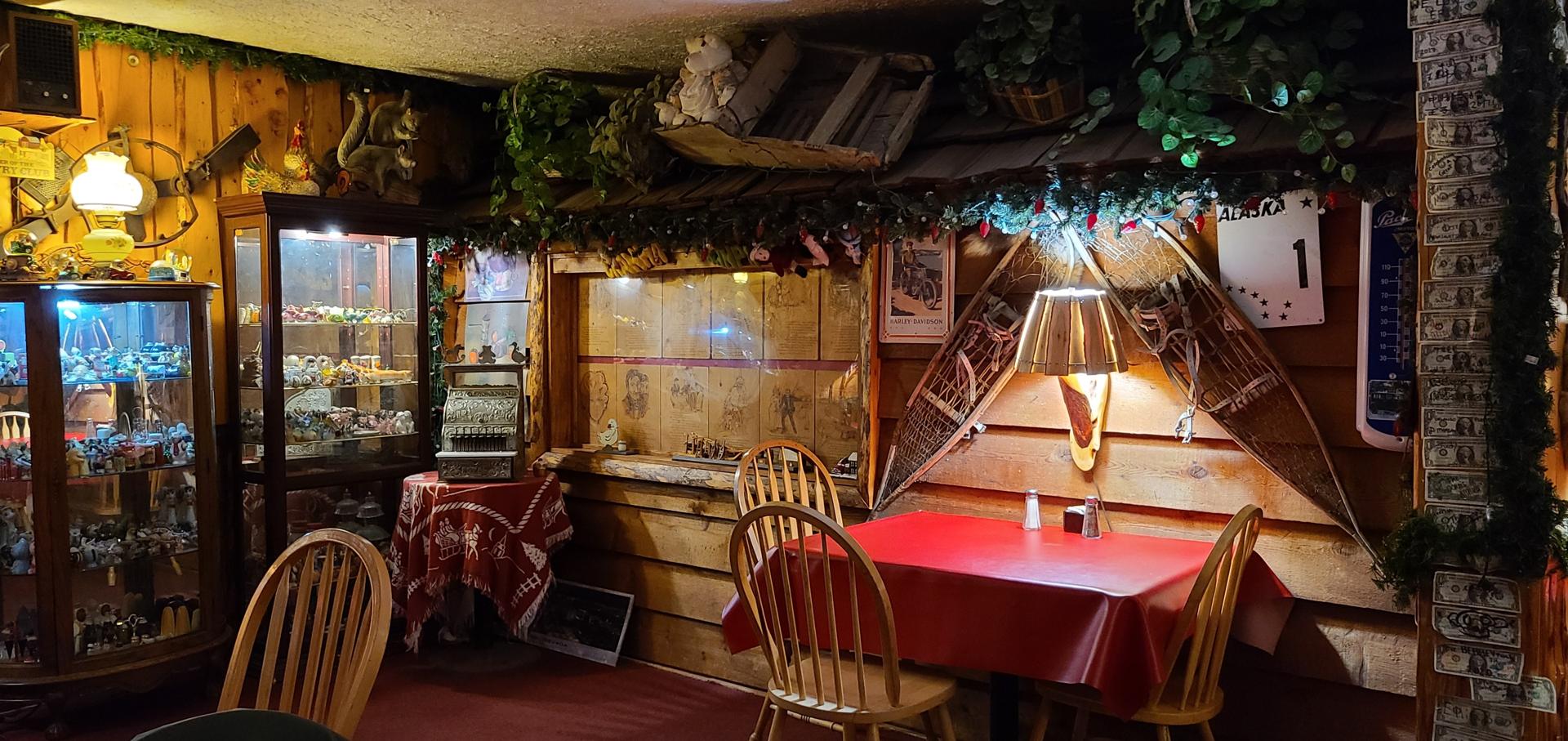
Chatanika Lodge
A beloved gem in the area, the Chatanika Lodge offers an unforgettable experience. Our entire crew spent an
evening here, enjoying dinner and marveling at the lodge's distinctive decor—a fascinating collection of
taxidermy and trinkets thoughtfully accumulated over the course of over 50 years.
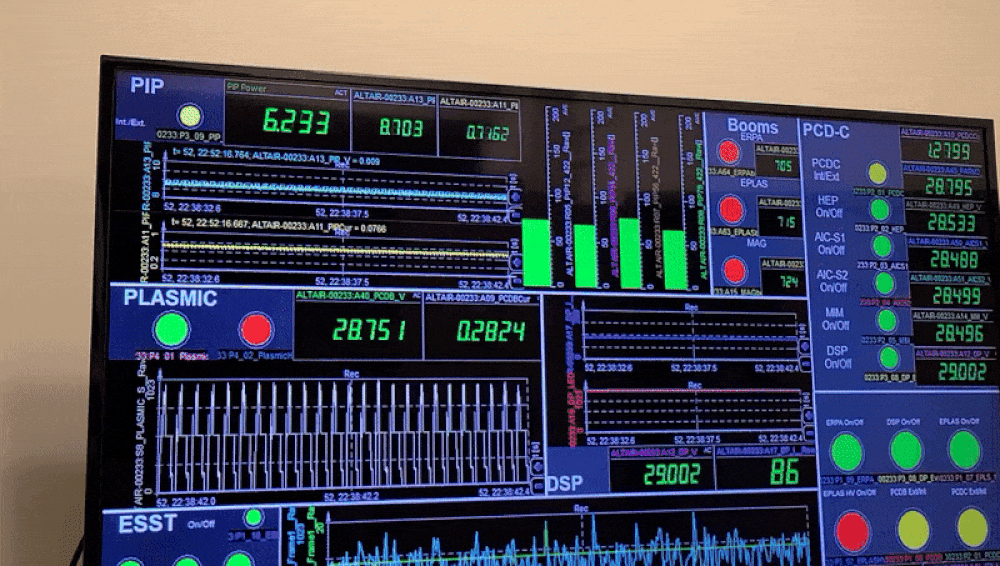
Instrument Health
As I mentioned earlier, the integration process encountered a few bumps along the way. In the top left of this
monitoring display, you can see the PIP power, voltage, and current readings, along with various data stream
indicators. At one point, the power was measuring too high, which resulted in the rocket having to come off the
rail and an investigation as to what was happening. Luckily, it was the ammeter that was faulty, and the PIPs
were operating nominally.
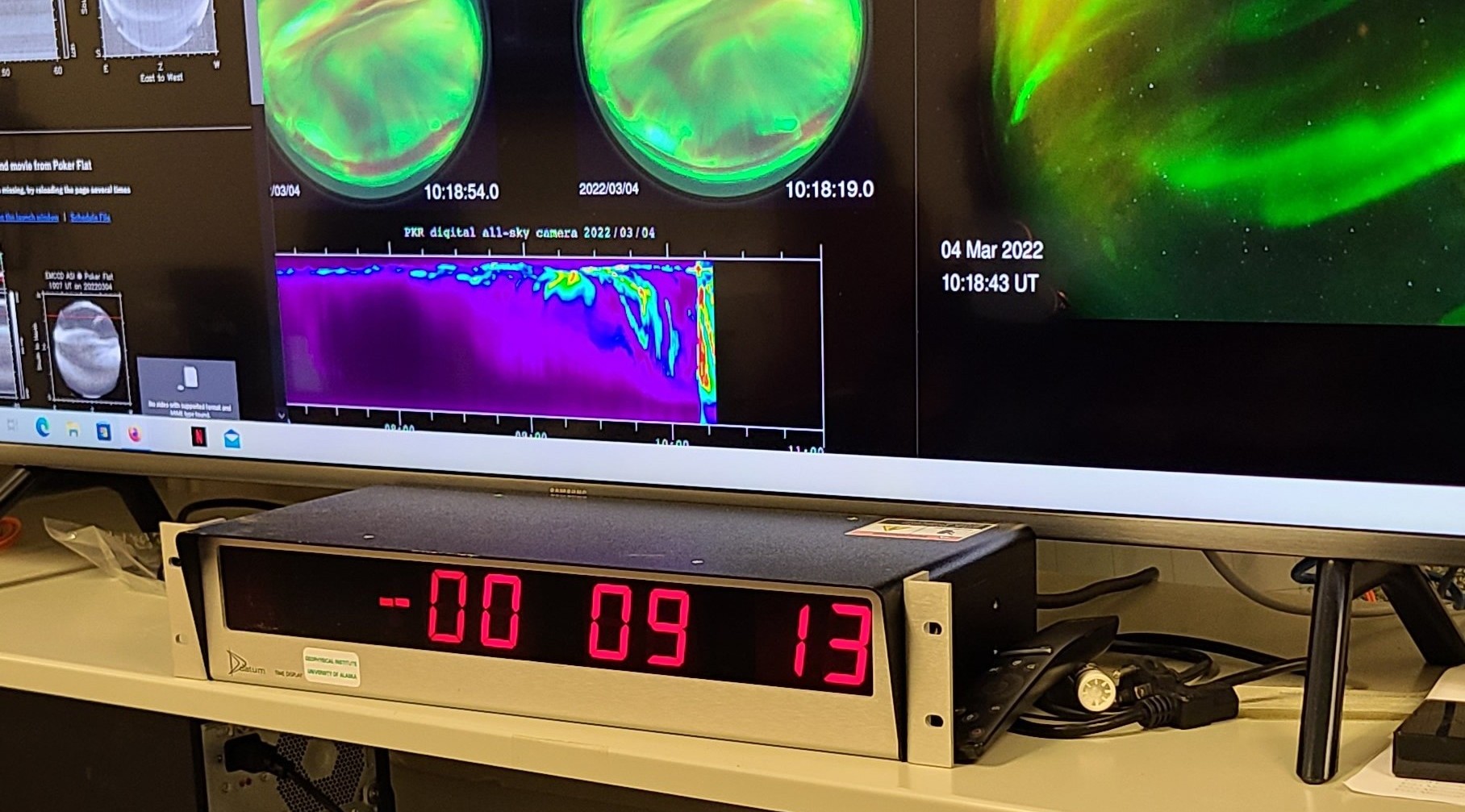
Counting Down
After a scrubbed launch the night before, on March 5, 2022, just after 2 a.m. the countdown began and at 27
minutes into the hour, LAMP launched!
LAMP Launch
This was my first in-person sounding rocket launch, and it was incredible. Please click on this gif to watch the
video with sound and listen to the roaring boom of the first stage of the Black Brant IX suborbital sounding
rocket.


Alaska
I will let this image speak for itself.
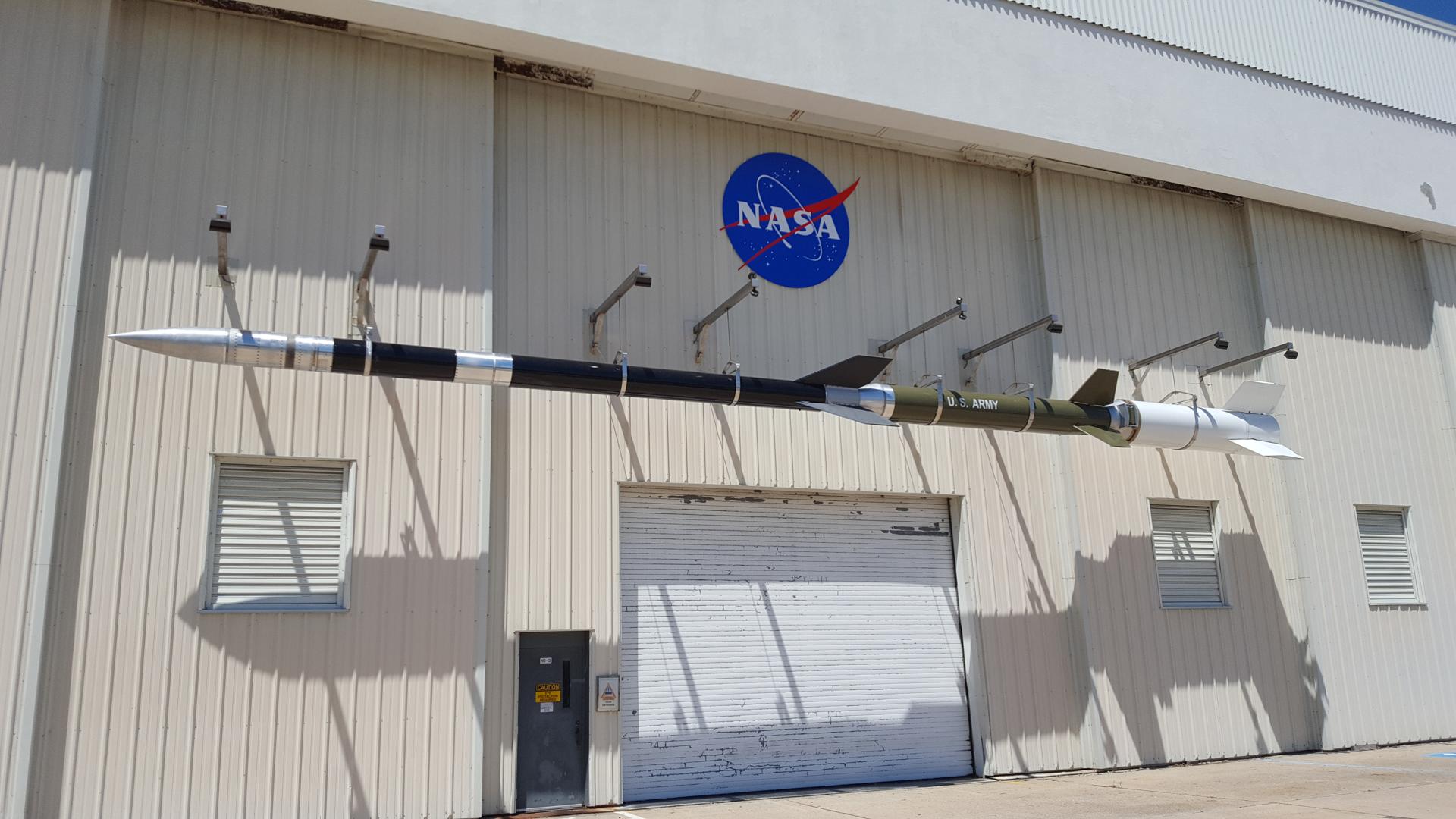
Building F-10
NASA Goddard Space Flight Center's Wallops Flight Facility hosts the Sounding Rockets Program Office (SRPO).
Pictured here is the front of building F-10, where suborbital launch vehicles are manufactured and where payload
development and testing happens. Unfortunately, as the facility also houses the US Navy's Surface Combat Systems
Center, this is the only photo posted for legal reasons.















